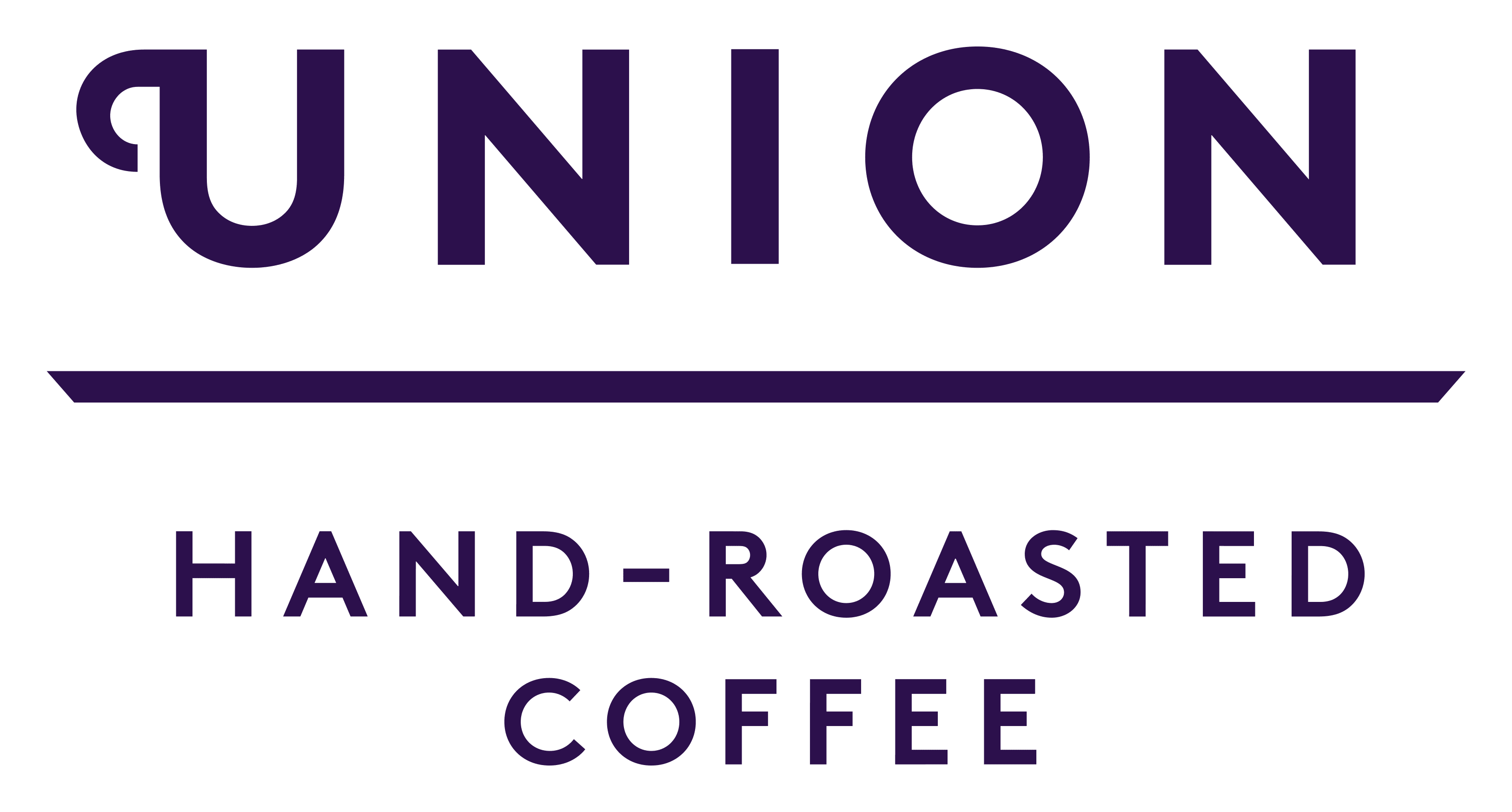The world coffee market has seen a price increase of over 90% in the past year. We now see a ten-year high record price which continues to creep up further every day. On top of that shipping freight costs have been increasing at an alarming rate.
Why is this happening?
Supply and demand
In a free-market economy, supply and demand theory suggests that when the amount of coffee available decreases, the cost of coffee rises. If there is not enough coffee for everyone, people who want to secure supply are willing to pay a higher price. Overall, prices will go up until demand reduces or until there is more supply.
The world's coffee production is concentrated in just a handful of countries (out of the roughly 70 that grow coffee). Brazil and Vietnam account for almost half of the global coffee production. The third-largest producer Colombia is together with Indonesia and Honduras, responsible for another quarter of the global coffee output.
Therefore, Brazil, Vietnam and Colombia and their coffee supply and socioeconomic situations will significantly affect the world market price for coffee. Let’s have a look first what happened in these countries this year:
Brazil: A major frost has wiped out a significant proportion of Brazil’s upcoming coffee crop. As the world’s largest coffee producer, this reduction in Brazil’s expected crop size has a significant impact on the world’s coffee supply, which can take several years to recover.
A coffee tree with frost damage requires pruning or replacing. Either way, this leads to reduced yield. Planting a new tree can take 3 to 5 years for yields to be restored. Less damaged trees can be pruned but this will still take 1 to 2 years to get back to pre-frost production levels.

Coffee plants affected by dropping temperatures in Brazil. Image: Fazenda Ambiental Fortaleza
Vietnam: The price of Robusta and Arabica coffees are interlinked in the market. Robusta prices are lower than Arabica prices and roasters usually adjust the proportion of each of these in their blends based on the availability and price difference between the two. Supply from Vietnam, the second-biggest producer of Robusta, has been disrupted by lockdowns because of rising COVID-19 cases. The government has imposed a lockdown in Ho Chi Minh City, a coffee exporting hub, which has restricted the movement of coffee.
Colombia: Heavy rains are attributed to a 22% drop in coffee production compared to last year, with exports down by 11%. Supply has been further disrupted because of a series of anti-government protests; overall this has resulted in a rise in Colombia coffee prices since May 2021.
In sum, currently, there is not enough coffee supply to meet global demand. Therefore, producers will have more pricing power and raise their offers accordingly. Overall, prices will go up until demand for the coffee reduces or until there is more supply.
Logistics
The price of coffee is further exacerbated because logistics and shipping costs have increased. There is a shortage of shipping containers which has led to increased freight costs. The cost of shipping a container from origin to the UK has increased 4 to 5-fold and more, in some cases. Our shipping costs for a 20 ft container would normally be in the region of USD $2,000 but have increased to USD$12,000, with prices still rising. Vessels booked in advance, suddenly become unavailable, creating supply glitches and increased demand for coffees already stored in the UK. Under normal circumstances, once a cargo is unloaded a ship would return to its destination replenished with empty 20 ft containers to be refilled. But shipping lines are exploiting the higher prices by forcing fast turnaround and vessels are departing without waiting for the empties. This is going to further constrain shipping services through 2022.

Coffee sacks in Yayu, Ethiopia
Are high coffee prices good for producers?
Mostly yes because higher prices mean higher income. Farmers might be motivated to plant more coffee and in 4-5 years, there could be an oversupply and prices could fall to unsustainable levels again. From our experience of 25 years in coffee, it would not be the first time we’ve seen this cycle.
Cost of production has risen
While we all recognise coffee prices have almost doubled since this time last year, the cost of production for producers and exporters has also increased sharply. It includes fuel, fertilisers, insurance, packaging materials, shipping, and labour costs. In some countries, producers are reporting that prices of fertiliser have doubled.
High prices on the world market lead to contract default
Independent smallholder organisations, for example, farmer co-operatives, always need to pay producers the local rate which is equivalent to the current world market price. If they do not, producers are likely to sell their coffee to local traders who are paying the market price. If these associations have contracts with buyers signed at prices lower than the world market, they will not be able to fulfil these contracts (without making a loss). They either default on their buyer, or they need to take a loss and purchase the coffee at a higher price than they will sell.
High prices on the world market are a challenge for quality
Speciality coffee buyers pay price premiums for quality. This premium is not only a reward for excellence but also to offset the higher cost of production for the particular interventions necessary to achieve the high-quality designated for speciality coffee.
The biggest cost is selective harvesting which requires trained, manual labour to select only perfectly ripened coffee cherries. This underlies the hallmark of speciality coffee: sweetness, consistency and complexity of flavour.
Speciality coffee often goes hand-in-hand with full traceability and price transparency, which adds further costs to the administration and documentation involved.
When the price difference between speciality and commercial coffee is small, there is not enough incentive for coffee growers to put in all this extra work. As a result, the level of quality of speciality coffee goes down.
Managers of farmer organisations understand the importance of maintaining long-term relationships with buyers like Union with a history of paying fair prices when the market is low. But this can be a difficult message to get across to their farmer members when there is intense competition.

Quality sorting coffee cherries in Yayu, Ethiopia
High prices on the world market change the local market dynamics
When coffee prices are high, local private collectors in the region become competitive, offering money, and immediate payment to small-scale farmers that independent smallholder organisations may struggle to match. Also, within local markets in Central America that are active in narcotic drug supply, the commercialisation of coffee becomes a viable money laundering tool, which intensifies the competition even further.
This is very frustrating for co-operative management who, unlike private traders, offer year-round support to their communities with training programmes, finance opportunities and community development plans.

Co-founder, Steven, with Melanie and Luis Pedro from Finca Candelaria, Guatemala
What does this mean for Union and Union Direct Trade?
Co-operatives need to maintain the loyalty of their members, the small-scale coffee farmers who deliver their coffee for export each season. Competition can de-stabilise a co-operative when prices are volatile. Keeping co-operatives strong requires buyers who are committed to maintaining or exceeding the world market price.We often get asked, “Why does the world market price impact Union when we already pay more?”. In 2021 (financial year), we paid an average of $2.18 / lb, which was 36% above the Fairtrade minimum price and 18% above the world market average*. It’s true that most of the time we’re not impacted by the market fluctuations because the price we pay to our farmer partners is usually significantly above world market price.
However, under current conditions, the price climb is at a level that means action must be taken and these costs will translate to an increase in the price of a bag of roasted coffee. These higher prices mean that many roasters will try to mitigate the increase by substituting with inferior quality and adding or increasing proportions of Robusta.
At Union, our commitment to flavour and quality means we do not compromise and we will increase the prices we pay for our coffee to ensure we receive the quality and quantity we need.
In summary, we’re currently seeing a 10 year high in coffee prices driven by a combination of supply challenges across the world. Whether this is a good or bad thing for farmers and the future of coffee is a complex question: it can benefit farmers in the shorter term but lead to overproduction and market crash in the future, the typical boom and bust cycle we have seen in the past. At Union, we strive for sustainable long-term development and believe that protecting the future of coffee requires consistency in fair pay and long-term partnership building. To enable us to pay producers fairly, and to protect and enable our business for the future, we hope you, our customers, also accept that the cost of your daily cup has risen – and keep enjoying delicious, sustainable coffee.
*Fairtrade minimum price $1.60/lb. International market price is based on ICO average for the period between Sep’20 to end of Aug’21


